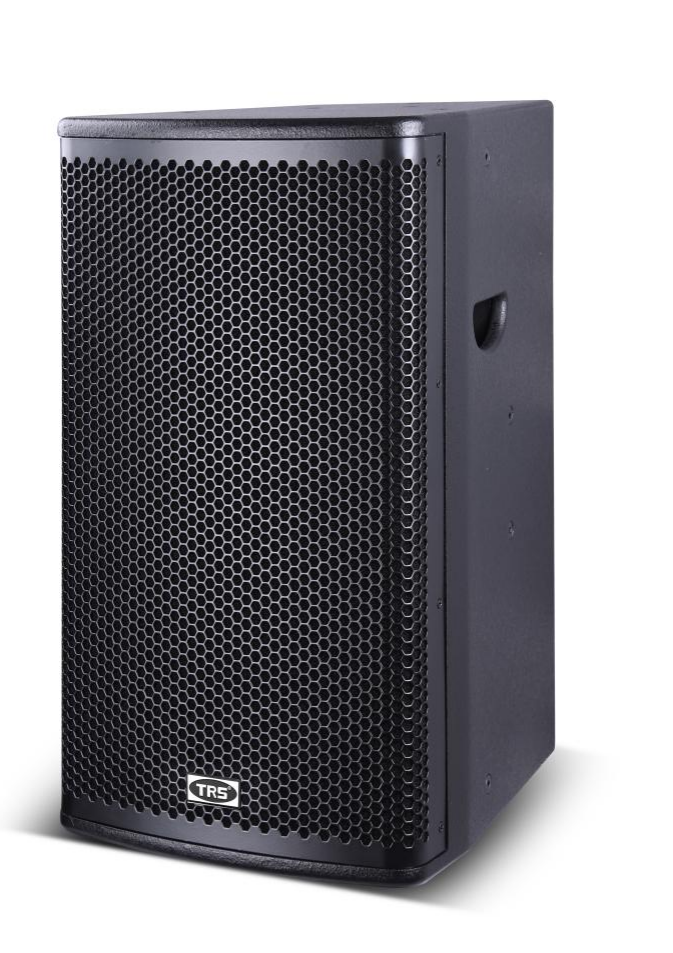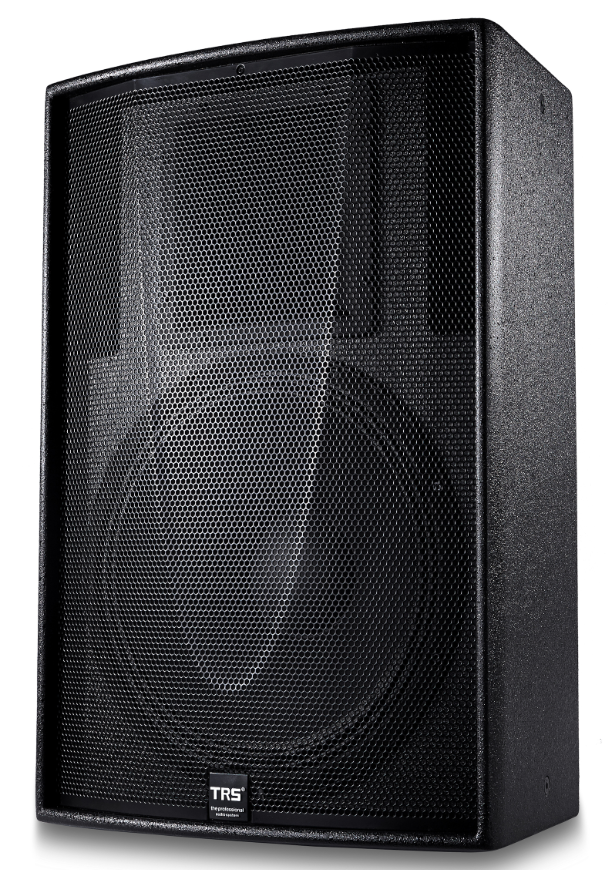Speakers can be classified into various categories based on their design, purpose, and characteristics. Here are some common speaker classifications:
1. Classification by purpose:
-Home speaker: designed for home entertainment systems such as speakers, home theaters, etc.
-Professional/Commercial Speaker: Used in commercial or professional venues, such as studios, bars, concert venues, etc.
-Car horn: A horn system specifically designed for cars, used for car audio.
2. Classification by design type:
-Dynamic speakers: also known as traditional speakers, use one or more drivers to produce sound and are commonly found in most audio systems.
-Capacitive horn: Using changes in capacitors to produce sound, commonly used for high-frequency sound processing.
-Piezoelectric horn: uses the piezoelectric effect to produce sound, usually used in small devices or special applications.
3. Classification by sound frequency:
-Subwoofer: A speaker used for bass frequencies, usually to enhance low-frequency sound effects.
-Mid range speaker: deals with medium frequency range sound, commonly used to transmit human voice and general instrument audio.
-High pitched speaker: processing high-frequency audio range, used to transmit high notes, such as flute and piano notes.
4. Classification by layout:
-Bookshelf speaker: A smaller speaker suitable for placing on a shelf or table.
-Floor mounted speaker: usually larger, designed to be placed on the floor to provide greater sound output and quality.
-Wall mounted/ceiling speaker: designed for installation on walls or ceilings, saving space and providing discrete sound distribution.
5. Classified by drive configuration:
-Single drive speaker: A speaker with only one drive unit.
-Dual driver speaker: includes two driver units, such as bass and mid-range, to provide a more comprehensive audio range.
-Multi driver speaker: With three or more driver units to cover a wider frequency range and provide finer sound distribution.
These categories are not mutually exclusive, and speakers typically have multiple characteristics, so they may belong to one of multiple categories. When selecting a speaker, it is necessary to consider its design, sound characteristics, and applicable environment to meet specific audio requirements.
10-inch/12-inch Professional Speaker/Full Range Speaker/Speaker for KTV
More horn knowledge:
1. Horn structure:
-Driver unit: including diaphragm, voice coil, magnet, and vibrator, responsible for generating sound.
-Box design: Different box designs have a significant impact on sound response and quality. Common designs include enclosed, load mounted, reflective, and passive radiators.
2. Audio characteristics:
-Frequency response: describes the output capability of a speaker at different frequencies. A flat frequency response means that the speaker can transmit sound more accurately.
-Sensitivity: refers to the volume produced by a speaker at a specific power level. High sensitivity speakers can produce louder sound at lower power levels.
3. Sound localization and separation:
-Directional characteristics: Different types of speakers have different sound directional characteristics. For example, speakers with strong directionality can more accurately control the direction of sound propagation.
-Sound Separation: Some advanced speaker systems can better separate sounds of different frequencies, making the audio clearer and more realistic.
4. Speaker pairing and configuration:
-Acoustic matching: Different types of speakers require correct matching to achieve optimal results. This involves horn selection and arrangement.
-Multi channel system: The configuration and positioning of each speaker in a multi-channel system are very important to create a more realistic audio environment.
5. Horn brand and model:
-There are many well-known speaker brands in the market, each with their own characteristics and acoustic concepts.
-Different models and series have different sound characteristics and application scenarios, so it is very important to choose the speaker that suits your needs.
6. Environmental factors:
-The speaker produces different sound effects in different environments. The size, shape, and wall material of a room can all affect the reflection and absorption of sound.
7. Speaker layout and placement:
-Optimizing the placement and layout of speakers can improve the distribution and balance of sound, often requiring adjustments and testing to achieve optimal results.
These knowledge points help to gain a more comprehensive understanding of the characteristics, types, and usage of speakers, in order to better select and optimize audio systems to meet specific audio needs and preferences
Post time: Jan-18-2024


